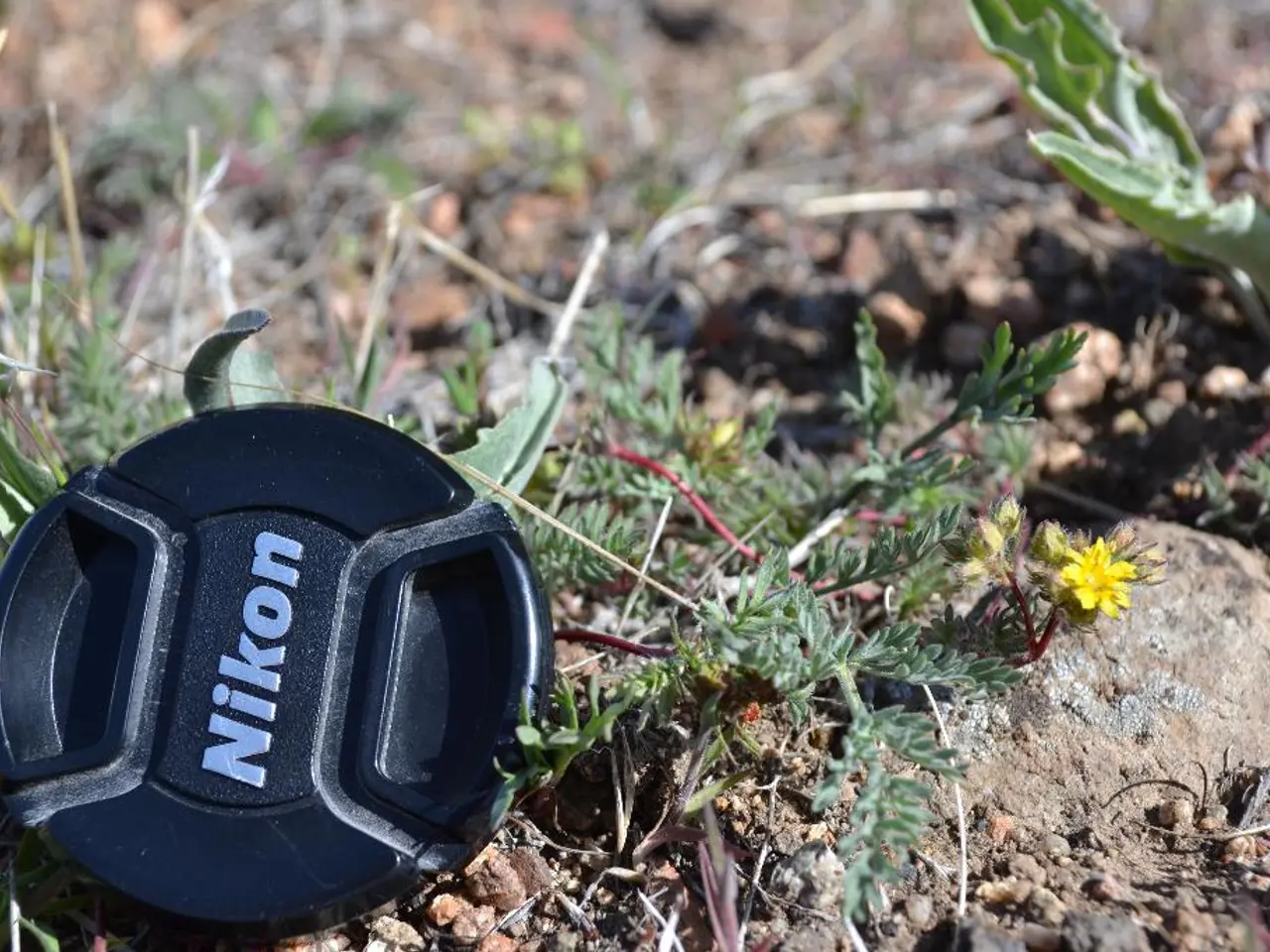Autumnal Single Lawn Tending Tasks
Preparing Your Lawn for Autumn: A Comprehensive Guide
Autumn is a crucial time for lawn care, and with the right steps, you can ensure a healthy and vibrant lawn come springtime. Here's a guide on how to prepare your lawn for the colder months.
Reseeding the Lawn
If you have any bald spots on your lawn, now is the perfect time to reseed. Fall reseeding can be done up until mid-October, giving the new grass enough time to establish itself before winter sets in. Gently raking the soil loosens it, making it easier for the seeds to take root.
Mowing and Cutting Back the Grass
As the year progresses, mowing intervals should be increased. However, it's important to allow the grass to grow longer during the fall. Before it goes dormant for the winter, cut the grass to a height of four to five centimeters. This will help the grass to withstand the winter and grow more in the spring.
Fertilizing the Lawn
Autumn is the ideal time for fertilizing your lawn. A potassium-rich fertilizer is recommended in September, as potassium protects plant cells from frost damage and disease. It also helps the grass store reserve substances for a quick greening in the spring. By mid-September, it's recommended to stop the supply of nutrients with complete fertilizers.
Caring for the Flower Meadow
In the flower meadow, the cut should be made at a height of about 10 centimeters and cuttings removed for mulch or compost use. Leaving an old meadow strip standing can serve as a protected retreat for garden animals during winter.
Dealing with Moss and Weeds
Raking heavily mossy lawns before soil temperatures drop can improve air and water exchange. If there are bald spots, new grass can be sown to prevent weed growth. Iron is often included in the autumn fertilizer, which gives the blades a green color in the winter and slows down the moss growth on the surface.
Watering the Lawn
The grass continues to grow during the fall, and it's recommended to allow the blades to grow longer. An appropriate amount of watering for a lawn in autumn is typically about 1 to 1.5 inches per week, adjusted based on rainfall and cooler temperatures. To allow the lawn to recover well, it's important to water the soil thoroughly again, using rainwater, an additional one to two times per week with 10 to 15 liters per square meter.
Maintenance Tips
Removing fallen leaves regularly is recommended, especially with a lawn mower while grass is still growing. This prevents the creation of a microclimate favorable for fungal diseases like snow mold. Using leaf blowers and vacuums is discouraged.
Avoiding Damage
Scarifying the lawn with a scarifier should be avoided to prevent damaging the grass surface. Quick-germinating grass mixtures are recommended for repairing gaps in the lawn.
By following these tips, you can ensure that your lawn stays healthy and vibrant throughout the autumn months and into the spring. Happy gardening!




